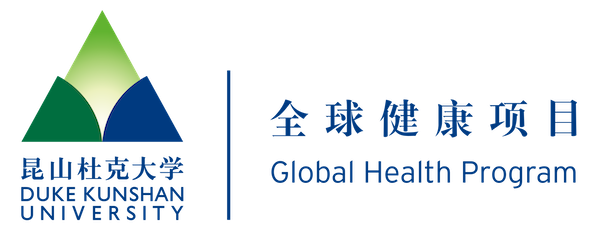A recent report published on the website of the Asia Pacific Observatory on Health Systems and Policies (APO) highlights the disparities in vaccine coverage and inclusion of vaccines in national immunization programs (NIPs) in 13 Asian study countries, with middle-income countries eligible for Gavi’s MICs approach covering the fewest vaccine-preventable diseases.
The report, authored by the Innovation Lab for Vaccine Delivery (VaxLab), was launched in a workshop held on Feb 10th in Singapore, co-hosted by SingHealth Duke-NUS Global Health Institute and the Asia Pacific Immunization Coalition.
Policymakers, international organization leaders (e.g. Gavi, UNICEF, CHAI), researchers from over nine Asia countries were involved in discussing regional challenges, sharing the best practices and lessons learned, and fostering collaboration among key stakeholders.
The newly released report – ‘Comparative Analysis of the National Immunization Programmes in Select ASEAN and SAARC Countries: Progress and Challenges’ – offers a comprehensive analysis of NIPs grouped by the country’s Gavi eligibility.
Despite all countries including at least ten vaccine-preventable diseases for children in their immunization programmes, Myanmar and Indonesia are the only nations to have introduced all the ten WHO-recommended vaccines at the national level by 2024. Sri Lanka leads the region with the highest service utilization rates for its included vaccines across all NIPs, whereas Myanmar reports vaccination rates lower than 80% for all the included vaccines.
While most countries have achieved over 90% coverage for routine vaccinations, newer vaccines such as human papillomavirus (HPV) vaccine, pneumococcal conjugate vaccine (PCV), and rotavirus vaccine (RV), show lower coverage rates.
“Funding remains a major concern for sustaining immunization efforts. Gavi-eligible countries rely heavily on external funding, while Gavi-ineligible countries depend on domestic financing. Countries that graduate from Gavi support face a ‘funding cliff,’ which poses a significant challenge to maintaining immunization rates,” said Dr. Xinyu Zhang, first author of the report who was a post-doctoral fellow at DGHI and now Research Assistant Professor of Global Health, Duke Kunshan University.
“The findings from this report underscore the urgent need for sustainable immunization systems and stronger regional collaboration,” said Prof. Shenglan Tang, Director of VaxLab, Co-director of Global Health Research Center, Duke Kunshan University.
To address these challenges, workshop participants discussed key areas for strengthening NIPs, emphasizing the need for sustainable financing and increased domestic investment. Innovative financing mechanisms and regional collaboration on cost-sharing and procurement were highlighted as essential to maintaining long-term immunization efforts.
Community engagement emerged as another critical priority. Participants stressed the importance of building public trust through transparent communication and involving communities as active partners. The workshop also underscored the need to invest in robust monitoring and evaluation systems to support evidence-based decision-making and efficient resource allocation.
“The workshop provides an invaluable platform to exchange ideas, explore innovative solutions, and strengthen collaboration to enhance immunization coverage and address the existing gaps and challenges,” said Patrick Tan, Sr. Vice-Dean for Research at Duke-NUS, in his opening remarks.
Emphasizing the importance of achieving the Immunization Agenda 2030 goals and ensuring equitable access to life-saving vaccines, Prof. Heidi Larson from London School of Hygiene and Tropical Medicine, Co-chair of the Asia Pacific Immunization Coalition, said: “By fostering regional partnerships and knowledge exchange, we help to ensure that immunization efforts are not only scientifically sound but also contextually relevant and responsive to the unique needs of diverse populations across the Asia Pacific.”
About Gavi and Eligibility for Gavi Support
Gavi, the Vaccine Alliance, established in 2000, is a global health partnership. Its mission is to save lives, reduce poverty, and protect the world against epidemics by improving access to vaccines and promoting the sustainable delivery of immunization. Gavi focuses on making vaccines more affordable and accessible to the most vulnerable populations, particularly in low-income countries. Eligibility for Gavi support is determined by a country’s national income. In 2024, any country whose most recent per capita gross national income (GNI) is USD 1,810 or below (based on the latest World Bank data released each July) qualifies for Gavi support.
In December 2020, the Gavi Board approved a new pathway to support middle-income countries. The overall objectives of this pathway are: (1) to prevent a regression in vaccine coverage in countries that have previously received Gavi support after funding ends; and (2) to promote the sustainable introduction of key missing vaccines in countries that have previously received Gavi support as well as in some countries that have never been supported by Gavi. Eligible countries include former Gavi-supported countries, lower middle-income countries that have never received Gavi support, and other economies that qualify for the International Development Association (IDA).
By Zhangyang Pan
To download the NIP report, visit: https://iris.who.int/handle/10665/380387

